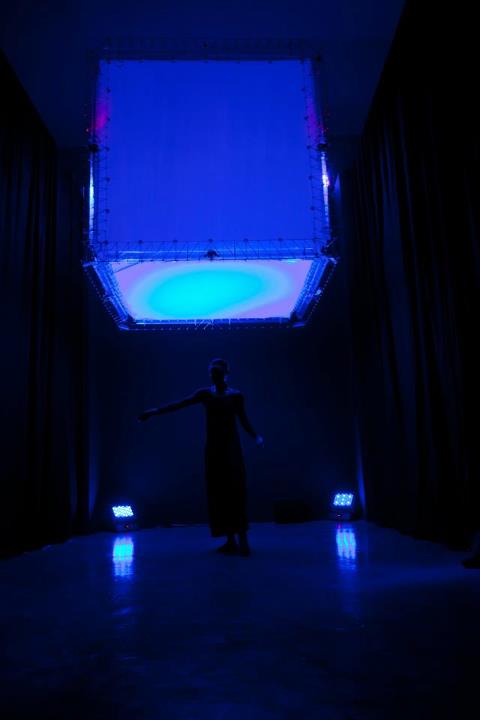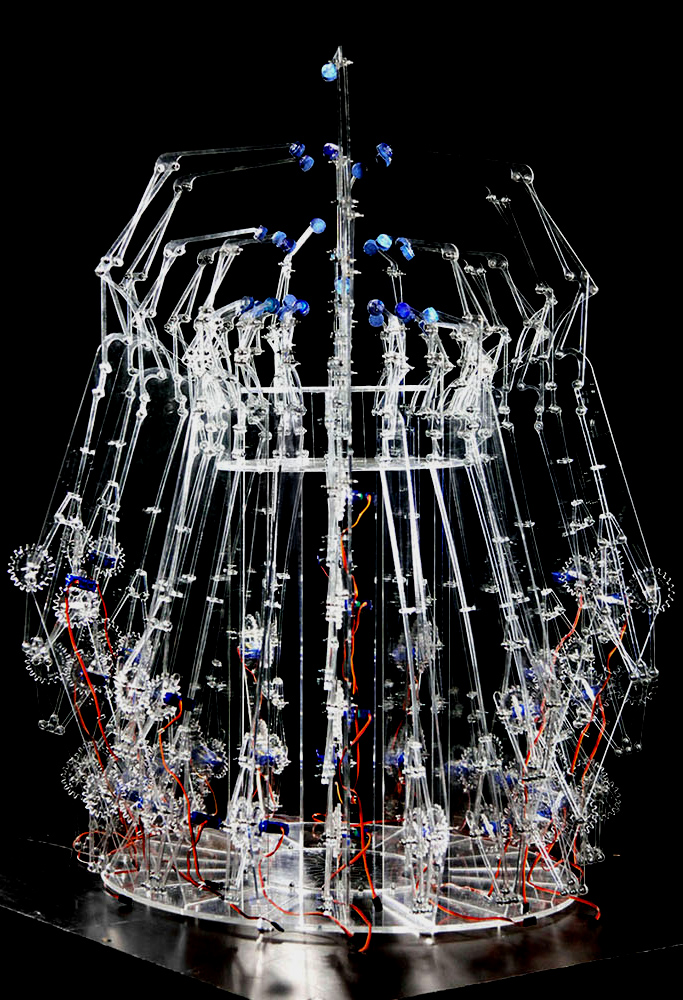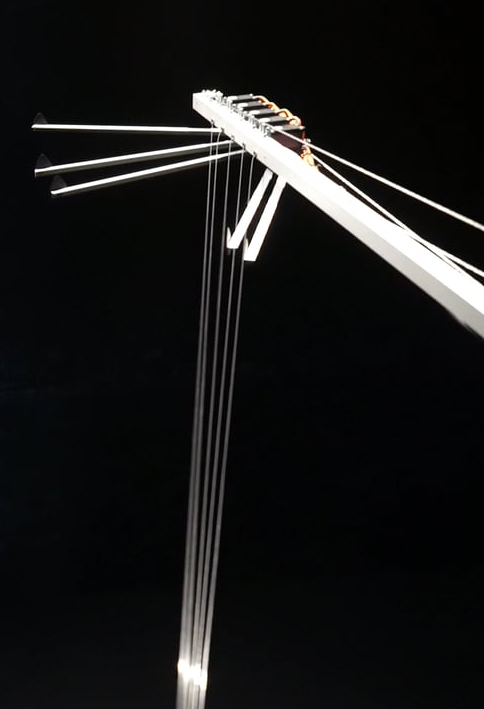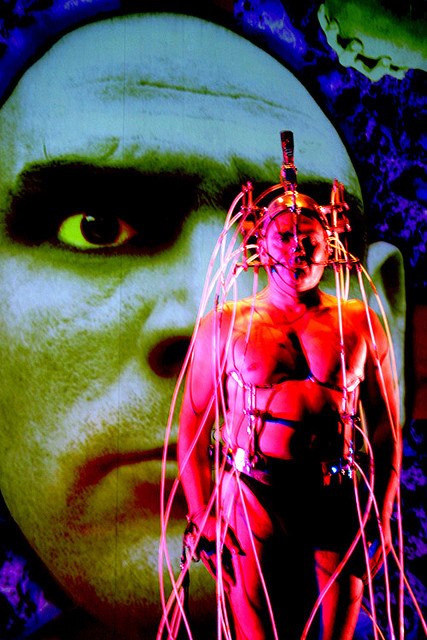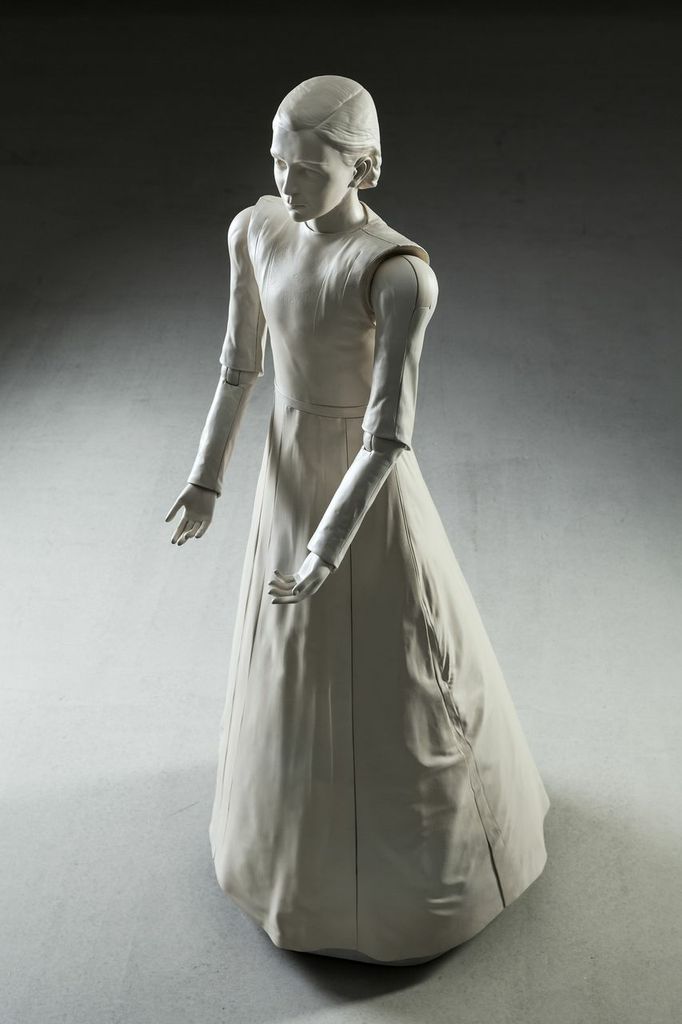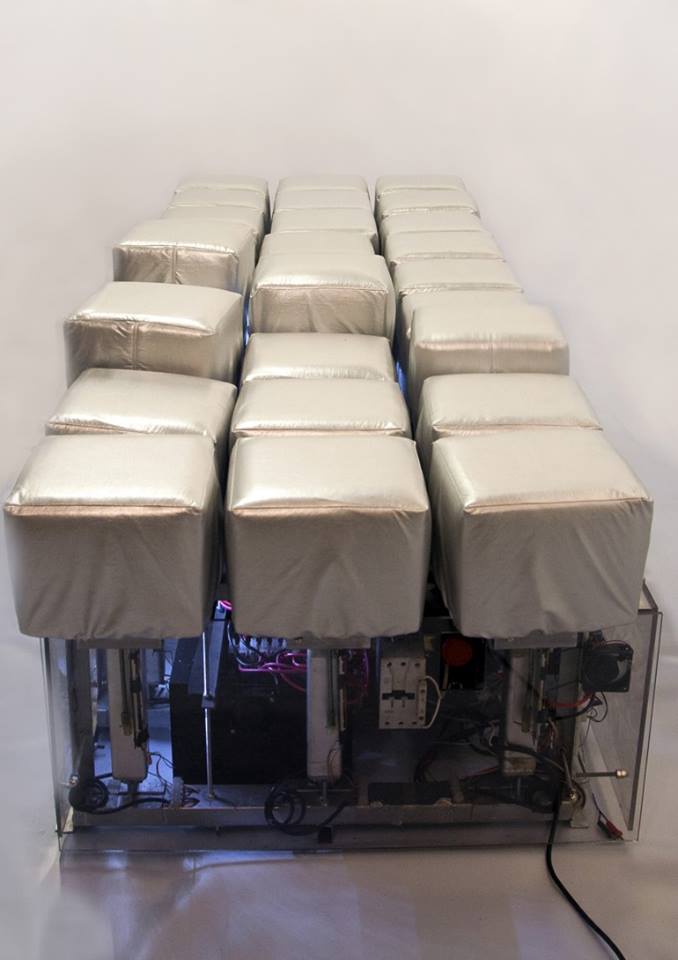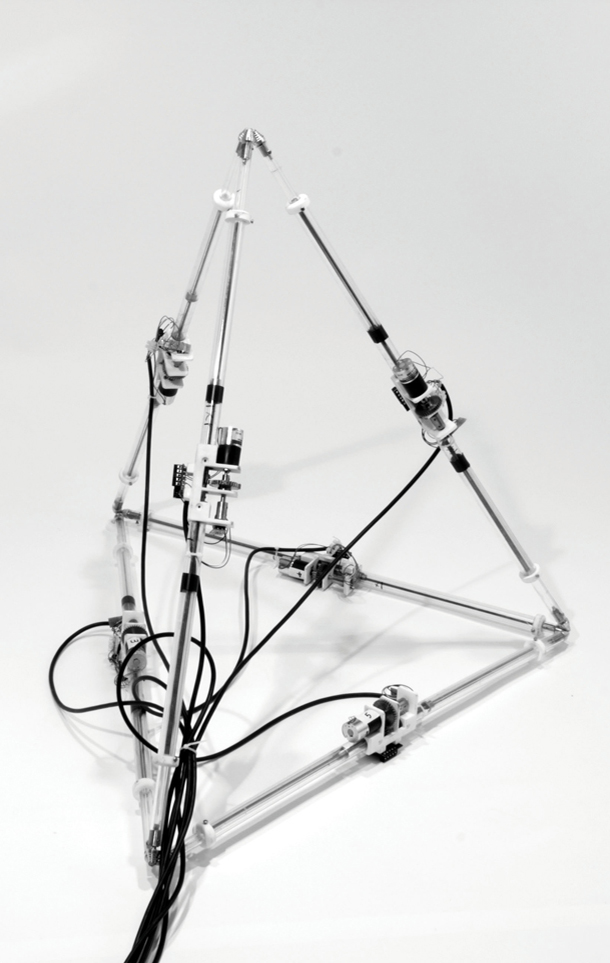
SYNTHETIKA: Tanja Vujinovica
SynthPets
Tanja Vujinovica
FILE São Paulo 2025 | AI Videos
Festival Internacional de Linguagem Eletrônica
SynthPets – Eslovênia
SynthPets é inspirado pela evolução da inteligência artificial e da robótica, prestando homenagem ao aspirador de pó robótico da criadora. Esses misteriosos companheiros cibernético-orgânicos ganham forma por meio de esboços, desenhos digitais, esculturas 3D e criações geradas por IA. A obra explora o entrelaçamento da humanidade com animais de estimação eletrônicos e dispositivos que se tornaram parte do cotidiano.
BIO
Tanja Vujinovic é uma artista multimídia que integra vídeo, jogos, música e pesquisa para investigar como a tecnologia molda a experiência humana. Seu trabalho aborda a influência dos ambientes sintéticos e dispositivos eletrônicos, frequentemente incorporando pequenas figuras lúdicas — inspiradas em bonecas, estatuetas e talismãs — que atuam como guardiões e companheiros simbólicos.
Gráficos 3D, escultura e pintura digital, formas geradas por IA e som de Tanja Vujinovic. A produção é de Tanja Vujinovic/Ultramono, com desenvolvimento contínuo em 2024.
Consultoria: RonBreIan, Engenheiro de Software e Áudio.
@tanja_vujinovic_ultramono_

